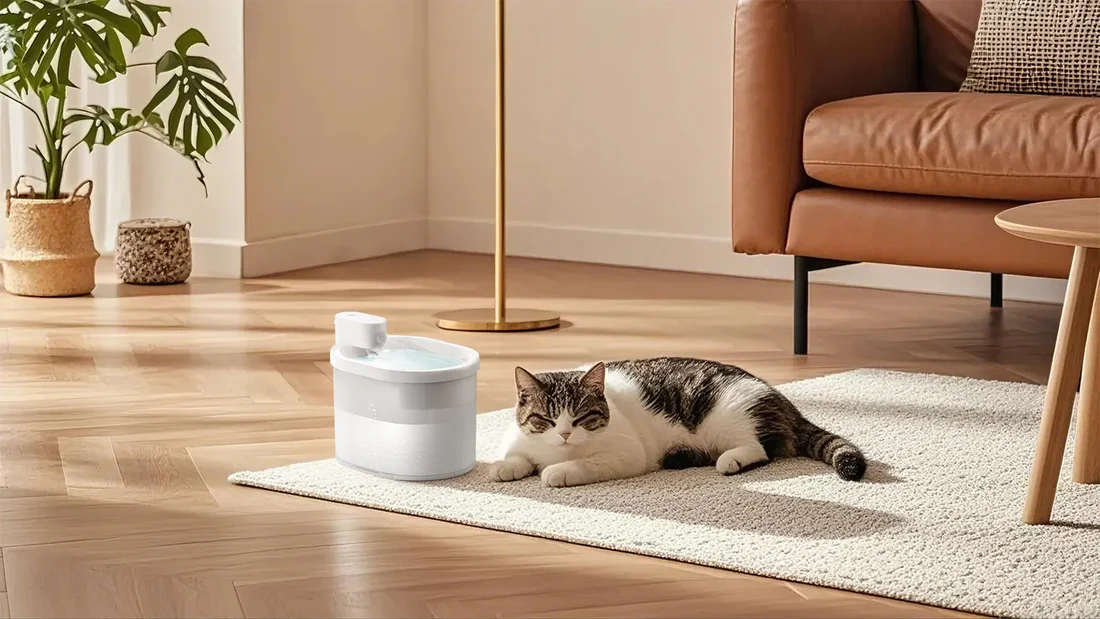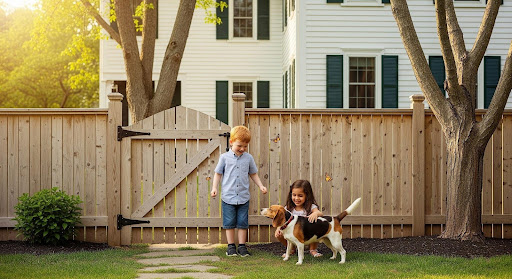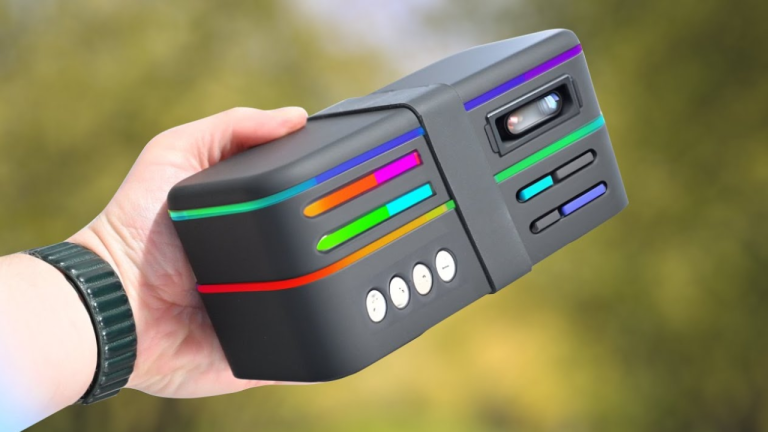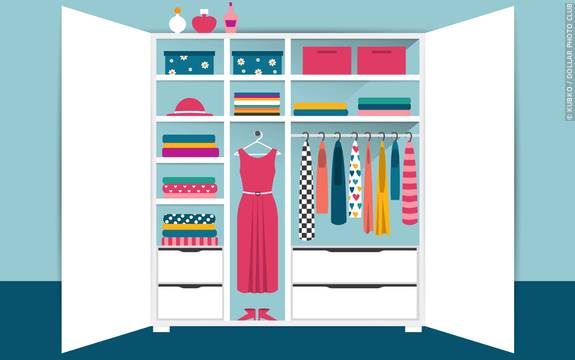Are There Any Dangers Associated with Pet Fountains?
Introduction
The running water keeps the water fresh and encourages hydration and is generally more appealing than a regular bowl. A fountain can be a savior to pets that do not like stagnant water.
Nevertheless, as with any accessory, there are some safety issues. And, in case you are new to using one, our guide on how to clean a pet water fountain is a good place to start to maintain it safely.
Some of the Hazards of Pet Fountains
1. Bacterial Growth
Saliva, fur and dust can easily fill the fountain, especially when there are multiple pets using it. This accumulation may lead to harmful bacteria or mould that may lead to stomach upset or even infections when not cleaned properly.
Prevention
To prevent this, it is important to clean the fountain at least once a week using mild pet-safe soap and rinse it well to remove any residue. Replace the water every day to make it fresh. You can learn about the types of filters used in pet fountains to select the most appropriate filter to suit the needs of your pet.
2. Poor-Quality Materials
Poor-quality plastic fountains are easy to scratch and create small crevices where bacteria can hide. Over time, such scratches will be almost impossible to clean up. In other cases, pets can also develop chin acne or skin irritation when exposed to such materials over a long period of time.
Prevention
This can be prevented by choosing fountains that are made of stainless steel or ceramic because these are more durable and hygienic. Plastic is also an option, but make sure it is BPA-free and replace it when it becomes worn out or damaged.
3. Electrical Hazards
Most pet fountains are electrically powered, and a damaged cord or a faulty connection can be a safety hazard, especially to pets that are chewers.
Prevention
To reduce the risk, you can use cordless or battery-powered models. To the people who put fountains outside, see our advice on outdoor use of a pet fountain to prevent weather-related risks.
4. Filter Issues
Filters are necessary to maintain the water clean, but when not changed in time they may clog and slow down the water flow or even break down- leaving the water stagnant and not appealing to pets.
Prevention
To avoid this, replace the filter as recommended by the manufacturer, which is usually every two or four weeks. Having spare filters at home is also prudent because you will be able to change them once you need them.
5. Overhydration or Mess
Some of the pets may use the fountain as a toy and splash water everywhere, leaving puddles that may make the floor slippery. Others might start to drink too much and this might be a health issue.
Prevention
To prevent a mess, place a waterproof mat under the fountain to absorb spills. When you observe that your dog has suddenly changed its water consumption, it is best to take it to a vet.
The Significance of Selecting the Appropriate Fountain
Pet fountains are not all constructed with the same quality or safety. The ideal fountains are durable, safe to pets, have excellent filtration and are easy to clean.
A good example is the WOpet Pet Water Fountain. It consists of ceramic that is not toxic, easy to clean, and is made to be silent. It has a good filtration system that keeps the water fresh and flowing at all times and is safe for kittens, puppies and adult pets.
Final Thoughts
Pet fountains can be an excellent addition to your home and a way to keep your pet hydrated. Nevertheless, they are not a set-and-forget solution, but require care. You can minimize the risks and enjoy the benefits by buying a good model, cleaning it on a daily basis, and keeping it in a safe place.
In order to get a safe, long-lasting, and stylish product, the WOpet Pet Water Fountain is the perfect blend of functionality and design that will keep your furry family members healthy and hydrated every day.
Keep an eye for more latest news & updates on Nowaio Technical!






